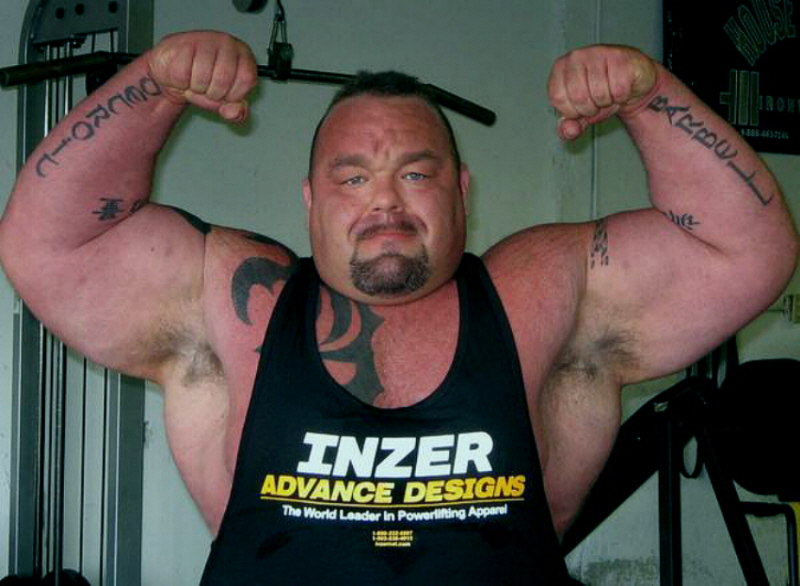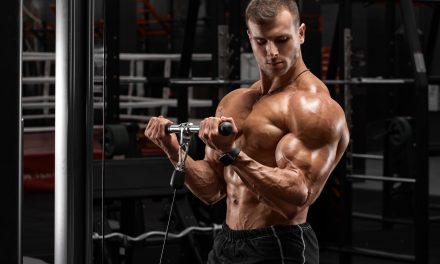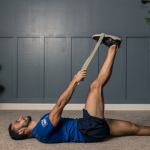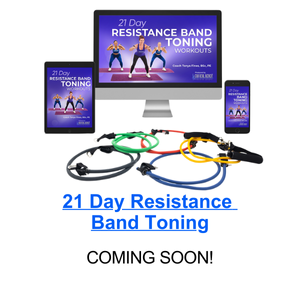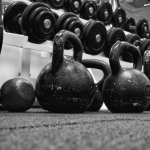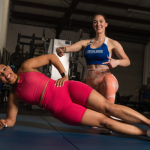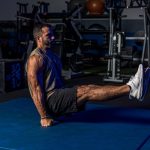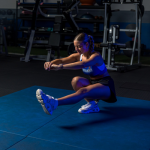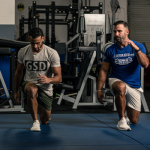Squats are the cornerstone of any effective leg sculpting routine.
This fundamental exercise engages multiple muscle groups simultaneously, including your quads, hamstrings, glutes, and calves. Known as the “king of leg exercises,” squats not only build strength but also enhance muscle definition and overall functional fitness. However, many people struggle to achieve the full benefits due to improper form.
Perfecting your squat form is crucial for maximizing gains and preventing injuries. When done correctly, squats can transform your legs, giving you the power, shape, and tone you desire.
In this post, we’ll dive deep into how to perfect your squat form for better leg sculpting.
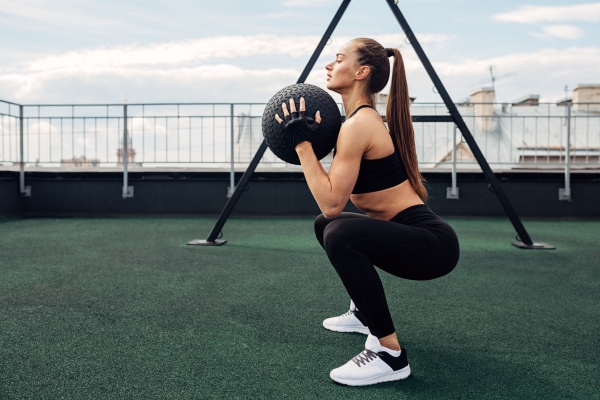
Importance of Proper Squat Form
When your form is correct, you can maximize your workout’s effectiveness, making every rep count.
Correct squat form involves more than just lowering your body; it includes maintaining alignment and control throughout the movement. For example, fitness expert Bret Contreras highlights that proper squat form can significantly increase muscle activation, leading to better strength and muscle gains.
Many people don’t realize that even small adjustments can make a big difference in muscle engagement. Proper form distributes the load evenly, protecting your joints and enhancing your overall performance.
Professional athletes often emphasize form to prevent injuries and enhance performance. They know that proper form leads to more efficient and effective workouts, reducing downtime due to injuries. This is why elite trainers spend considerable time perfecting their clients’ squat techniques. It’s a fundamental aspect of developing a powerful and balanced lower body.
Perfecting your squat form is crucial for anyone serious about leg sculpting. By ensuring each squat is performed correctly, you can achieve better muscle definition and strength faster. This focus on form helps build a solid foundation for all your lower body exercises.
Remember, focusing on quality over quantity is essential for long-term success in leg sculpting.
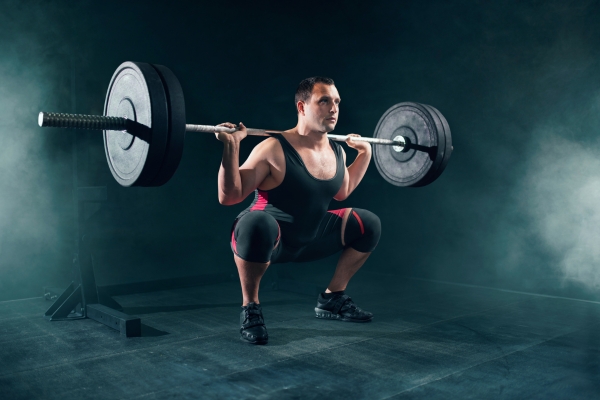
Basic Squat Form Breakdown
Proper technique ensures that you engage the right muscles, maximize your workout’s effectiveness, and avoid injury.
In this section, we’ll break down the fundamental aspects of a squat, from the starting position to the movement phases and proper breathing techniques.
From initial set-up to execution, let’s dive into the details to ensure you’re getting the most out of every squat.
Feet Placement
- Stand with your feet shoulder-width apart.
- Your toes should point slightly outward, around 10-15 degrees, to allow for a natural range of motion.
- This positioning helps ensure that your knees track correctly over your toes during the movement, reducing strain on your joints and allowing for better muscle engagement.
- The slight outward angle also facilitates better balance and stability, crucial for maintaining proper form throughout the squat.
Body Alignment
- Keep your chest up and your shoulders back.
- This positioning helps maintain a neutral spine, which is crucial for preventing back injuries and ensuring the correct muscle groups are engaged.
- Your spine should neither be overly arched nor rounded. Instead, aim for a straight, neutral position that aligns with the natural curve of your back.
- Engage your core muscles to provide stability and support to your lower back.
- This engagement also helps maintain an upright torso, which is essential for proper squat form.
Lowering Phase
- Begin the movement by pushing your hips back as if you are about to sit in a chair.
- This hip hinge motion is critical for activating your glutes and hamstrings.
- As you bend your knees, keep your chest lifted and your back straight.
- Ensure that your knees track over your toes and do not cave inward, which can lead to knee injuries.
- Focus on moving in a controlled manner to maintain balance and proper alignment throughout the descent.
Depth
- Lower your body until your thighs are at least parallel to the ground.
- This depth ensures that you are engaging your quads, hamstrings, and glutes effectively.
- For a deeper squat, continue lowering as far as your mobility allows without compromising form.
- It’s important that your heels stay flat on the floor throughout the movement. Lifting your heels can indicate improper form or tightness in your ankles and calves, which should be addressed to maintain proper technique.
Rising Phase
- Push through your heels to rise back up to the starting position.
- This helps engage your posterior chain, including your glutes and hamstrings.
- Extend your hips and knees simultaneously, keeping your core engaged and your back straight.
- Ensure that you fully extend your legs at the top of the movement without locking your knees, which can put unnecessary stress on your joints.
- Maintain a steady, controlled ascent to reinforce proper muscle activation and balance.
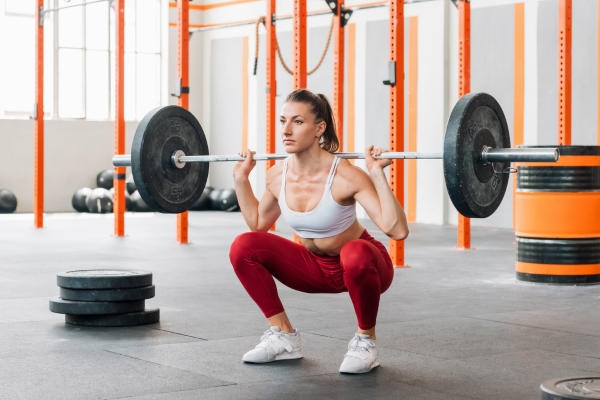
Breathing Technique: When to Inhale and Exhale
Now that we’ve covered the proper form of the squat, we need to talk about something just as important: how and when you breathe.
Inhale
Take a deep breath in as you lower into the squat.
This helps to brace your core and maintain stability throughout the lowering phase.
Proper breathing supports your spine and increases intra-abdominal pressure, providing additional support to your lower back.
Inhaling deeply ensures that your muscles are well-oxygenated, which can improve performance and endurance during the exercise.
Exhale
Breathe out forcefully as you push through your heels and rise back to the starting position.
Exhaling during the exertion phase can help you maintain control and power during the movement.
This technique not only helps in maintaining a steady rhythm but also aids in expelling any tension built up during the squat.
Consistent breathing patterns can significantly enhance your performance and reduce the risk of dizziness or fatigue.
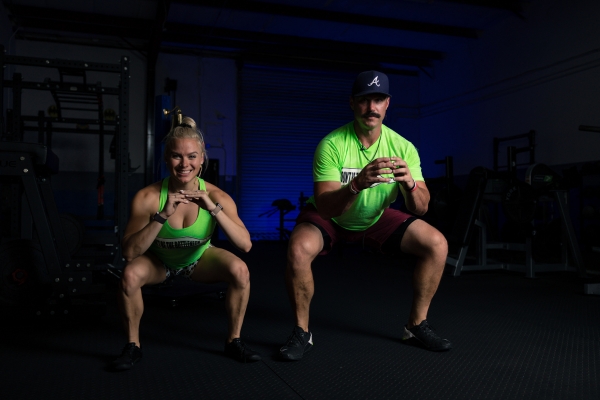
Common Squat Form Mistakes
Even with the best intentions, it’s easy to fall into common squat form mistakes that can hinder your progress and increase your risk of injury.
Being aware of these mistakes is the first step to correcting them and ensuring that you get the most out of your leg sculpting workouts.
Here are some of the most frequent squat form errors and how to avoid them.
Knees Caving In
One of the most common mistakes is allowing the knees to cave inwards during the squat.
This issue, known as knee valgus, can put significant strain on the knee joints and ligaments, leading to potential injuries.
Why It Happens: Weakness in the hip abductors and external rotators often causes this problem. It can also be due to poor ankle mobility or lack of focus on proper form.
How to Fix It: Focus on pushing your knees outward as you squat. Imagine spreading the floor apart with your feet. Strengthening your hip muscles through exercises like clamshells and banded side walks can also help prevent knee valgus.
Heels Lifting Off the Ground
Lifting your heels off the ground during a squat shifts the weight forward, placing excessive strain on your knees and reducing the effectiveness of the exercise.
Why It Happens: This mistake is often caused by tight calf muscles or poor ankle mobility. It can also result from improper weight distribution or leaning too far forward.
How to Fix It: Focus on keeping your heels planted firmly on the ground throughout the movement. Stretch your calves regularly and work on improving your ankle mobility. Using a slight heel elevation, such as placing a weight plate under your heels, can temporarily help while you work on flexibility.
Rounding the Back
Maintaining a neutral spine is crucial during squats.
Rounding your back can lead to lower back injuries and reduces the engagement of the target muscles.
Why It Happens: Weak core muscles, poor posture, or lifting too much weight can cause this mistake. Lack of focus on maintaining a neutral spine throughout the movement also contributes.
How to Fix It: Engage your core and keep your chest up throughout the squat. Focus on maintaining a straight back from start to finish. Using a mirror to check your form and reducing the weight until you can perform the squat correctly can help improve this aspect.
Not Reaching Proper Depth
Failing to squat to an adequate depth reduces the engagement of the lower body muscles and limits the benefits of the exercise.
Why It Happens: Poor hip or ankle mobility, lack of strength, or fear of injury often causes individuals to stop short of a full squat. Confidence and proper form are essential for reaching the correct depth.
How to Fix It: Aim to lower your body until your thighs are at least parallel to the ground. Work on improving your hip and ankle mobility through targeted stretches and exercises. Gradually increase the depth of your squat as your flexibility and confidence improve.
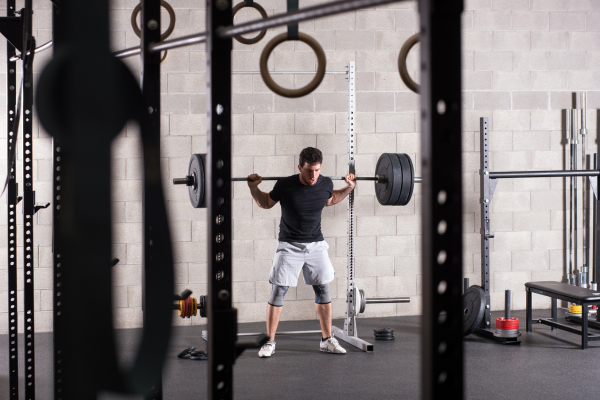
Tips and Tricks for Maintaining Proper Form
Maintaining proper squat form is crucial for maximizing the benefits of your leg sculpting workouts and minimizing the risk of injury.
Here are some tips and tricks to help you perfect and maintain your squat form:
Using Mirrors to Check Alignment
One of the most effective ways to ensure proper form is by using mirrors.
How It Helps: Mirrors provide immediate visual feedback, allowing you to see if your knees are tracking correctly over your toes, if your back is straight, and if your overall posture is aligned.
Tip: Position yourself sideways and front-on to a mirror to monitor different aspects of your form. Make adjustments in real-time based on what you see.
Recording Yourself to Identify Form Issues
Recording your squats can be a game-changer for identifying and correcting form issues.
How It Helps: Watching a video of yourself squatting can reveal form flaws that you might not notice in the mirror, such as slight deviations in your knee or hip movement.
Tip: Set up a camera or smartphone to record your squats from multiple angles. Review the footage to identify any inconsistencies or areas needing improvement. Compare your form to professional demonstrations to see where you can improve.
Engaging Core Muscles for Stability
A strong, engaged core is vital for maintaining stability and proper form throughout the squat.
How It Helps: Engaging your core helps protect your spine, maintain balance, and ensure that you’re using the correct muscles during the squat.
Tip: Focus on bracing your core as if you’re about to receive a punch to your stomach. This tension should be maintained throughout the entire movement. Practice core exercises like planks and leg raises to strengthen these muscles further.
Focusing on Slow, Controlled Movements
Performing squats with slow, controlled movements enhances muscle engagement and reduces the risk of injury.
How It Helps: Moving slowly ensures that you maintain control over the movement, which is crucial for correct form. It also increases time under tension, which can lead to better muscle development.
Tip: Concentrate on the quality of each squat rather than the quantity. Lower yourself slowly, pause briefly at the bottom, and then rise back up in a controlled manner. Avoid rushing through the reps to ensure that each one is performed with proper form.
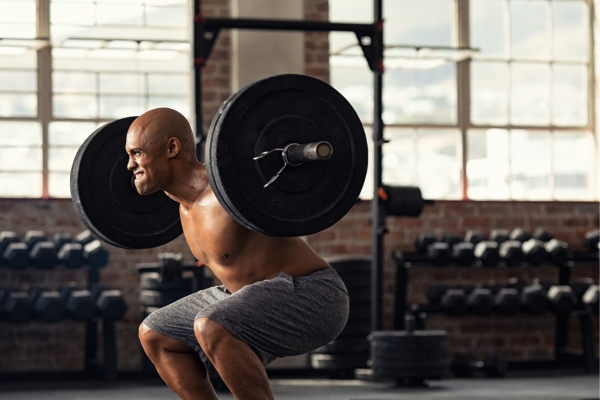
Wrap-Up and Key Points
Perfecting your squat form is essential for maximizing the effectiveness of your leg sculpting workouts.
Proper technique not only enhances muscle engagement but also helps prevent injuries, allowing you to achieve your fitness goals safely and efficiently.
By understanding the importance of correct form, recognizing common mistakes, and applying practical tips, you can make significant strides in your leg sculpting journey.
Key Points to Remember
- Starting Position: Stand with feet shoulder-width apart, toes slightly outward. Keep your chest up, shoulders back, and engage your core.
- Lowering Phase: Push hips back, bend knees, and keep heels flat.
- Depth: Aim for thighs parallel to the ground or lower without compromising form.
- Rising Phase: Push through heels, extend hips and knees simultaneously.
- Breathing Technique: Inhale deeply while lowering into the squat. Exhale forcefully while rising to the starting position.
- Common mistakes to avoid include knees caving in, heels lifting off the ground, rounding the back, and not reaching proper depth
- Tips for maintaining proper form include using mirrors to check alignment, recording yourself to identify form issues, engaging core muscles for stability, and focusing on slow, controlled movements.


